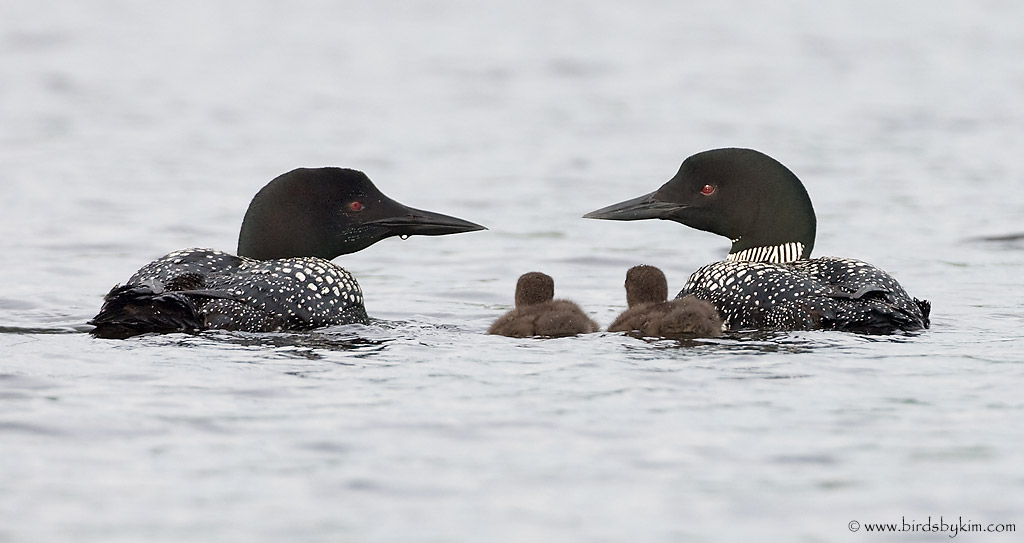
1 July 2020:
If, like me, you owned a North American field guide at the turn of the 21st century you remember that loons were the first bird in the book. Ornithologists placed them there because they thought loons were the oldest evolved bird in North America but DNA sequencing changed all that. In 2020 loons are near the middle of the tree and they have unexpected relatives.
In this July 2019 phylogenetic supertree I’ve circled loons and their relatives in blue. Notice that they aren’t related to ducks at all. Ducks are related to chickens.
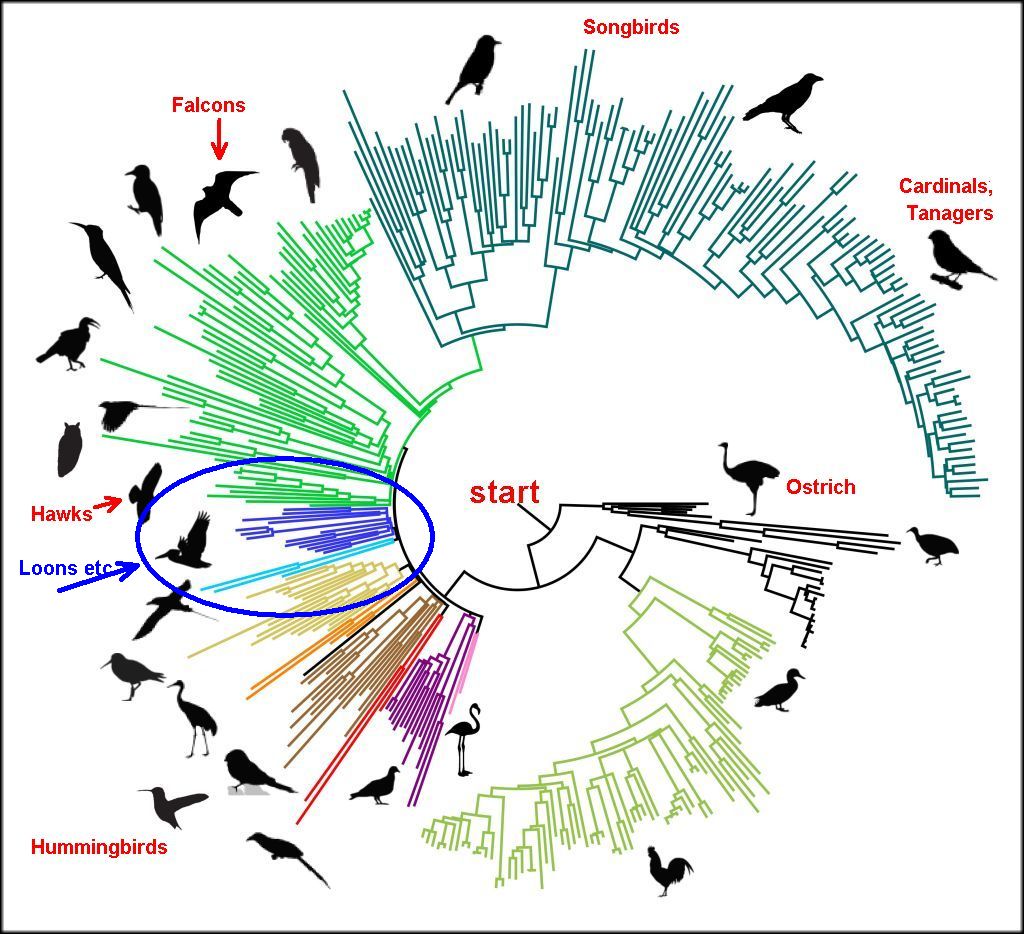
Here’s a closer look at the blue section showing that loons (Gaviiformes) stand alone after they split from a common ancestor of penguins, tubenoses, storks, cormorants and pelicans.

Here are some of the loons’ unexpected relatives.
Penguins (Sphenisciformes) include king penguins (Aptenodytes patagonicus).
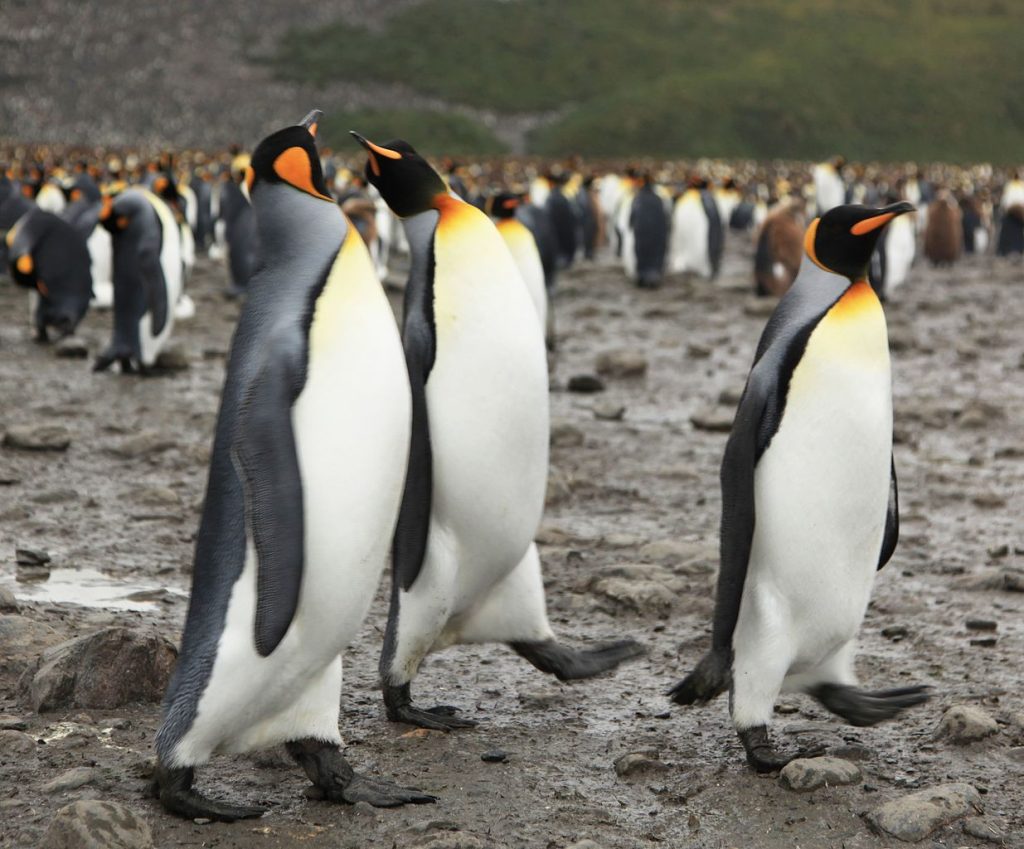
Tubenoses (Procellariiformes) include the wandering albatross (Diomedea exulans).
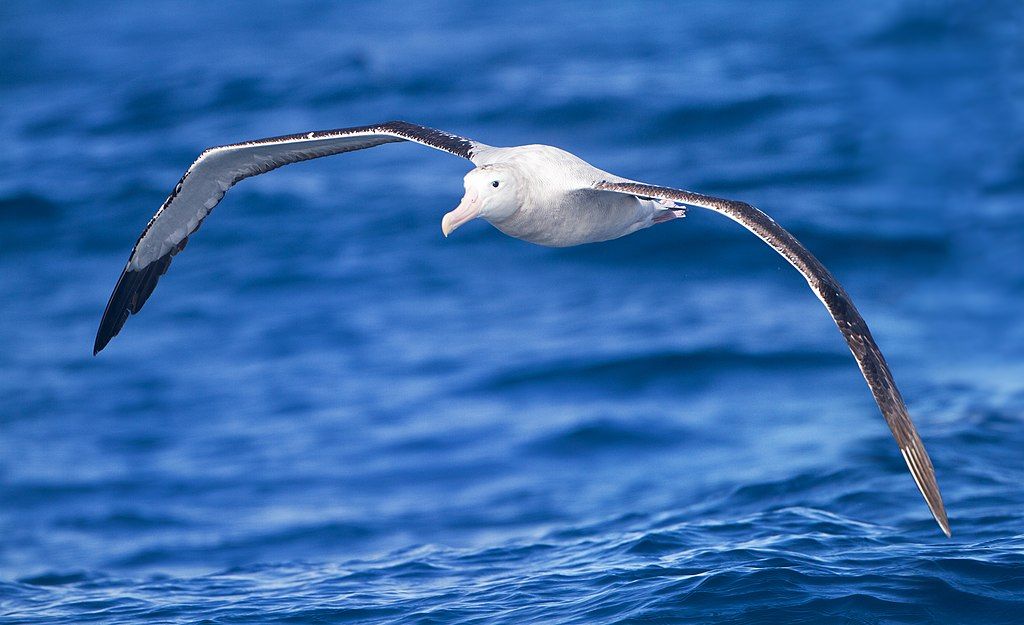
Storks (Ciconiiformes) include the white stork (Ciconia ciconia) that nests on roofs in Europe.
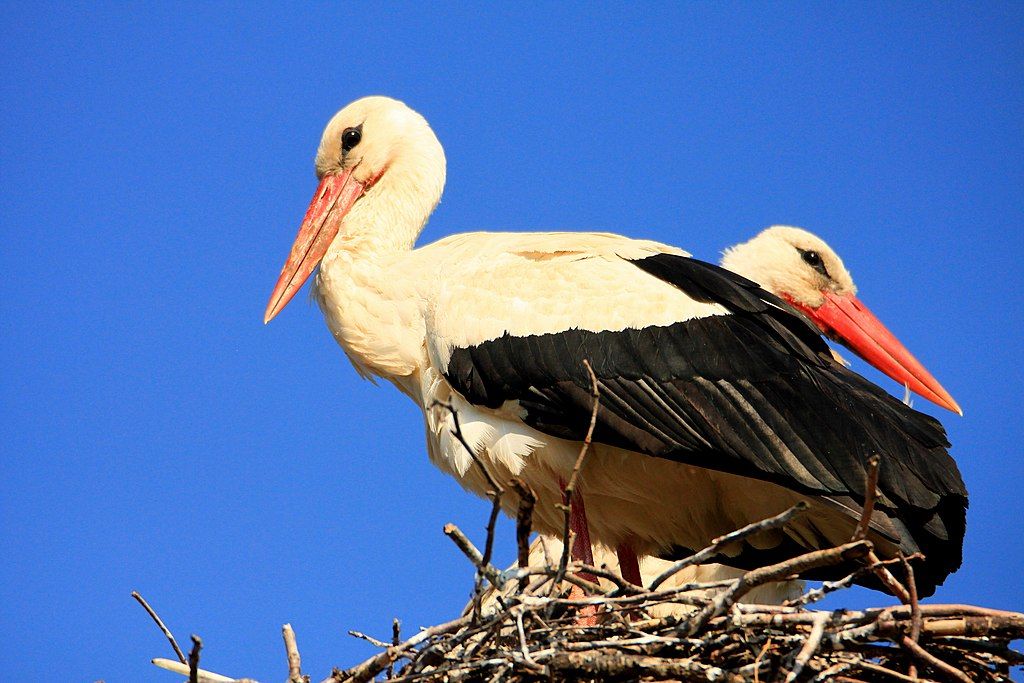
Cormorants and allies (Suliformes) include the northern gannet (Morus bassanus) and the double-crested cormorant (Phalacrocorax auritus).
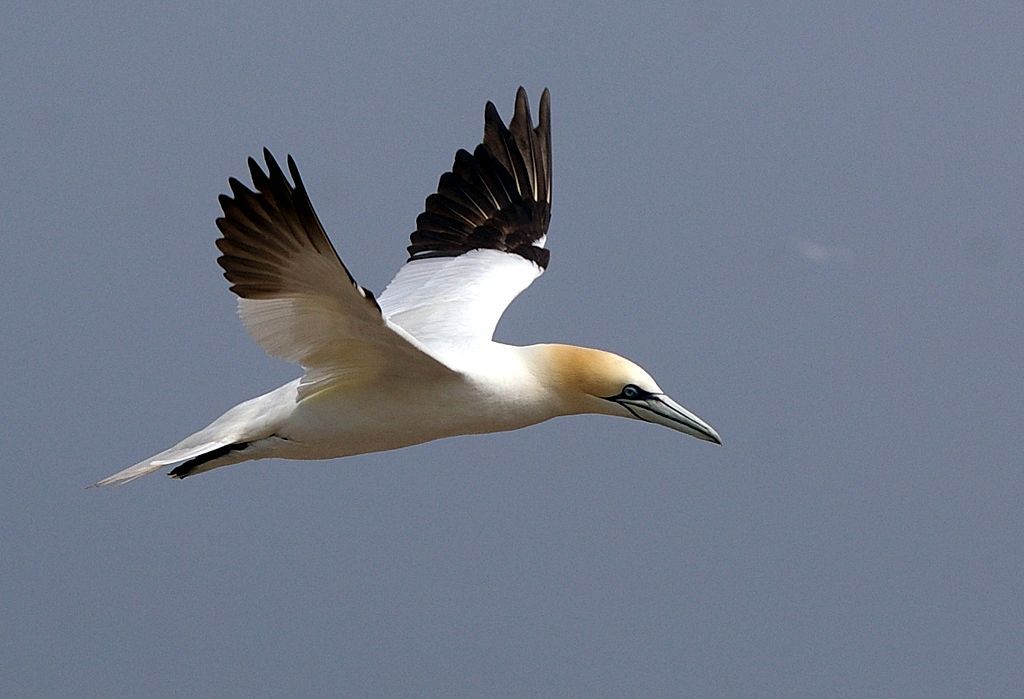
Double-crested cormorants visit Pittsburgh in the non-breeding season.
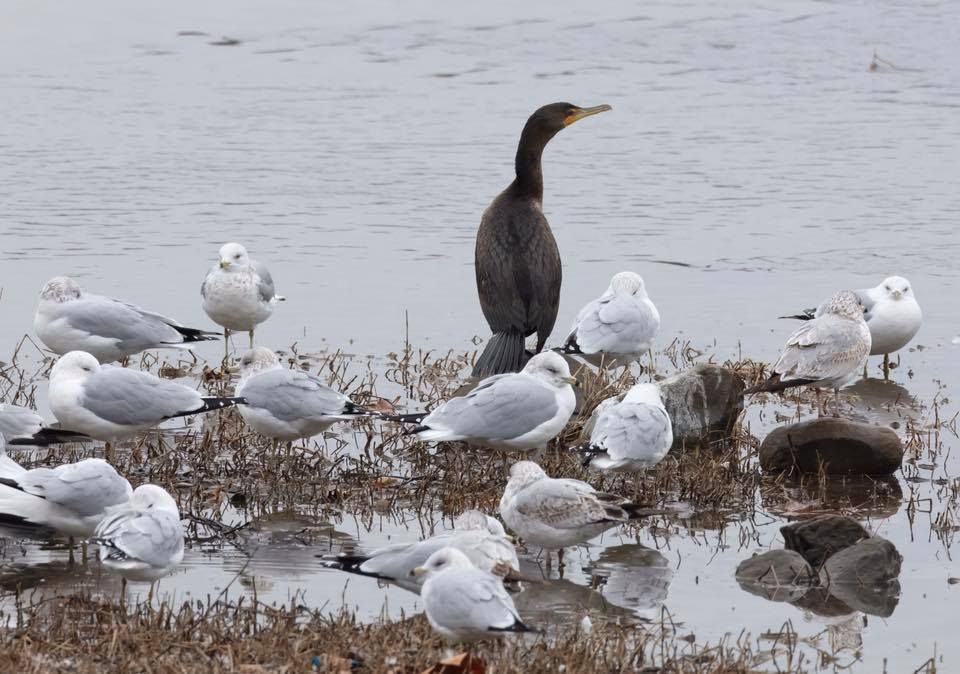
Pelicans (Pelicaniformes) include the brown pelican (Pelecanus occidentalis) we see at the beach and in flight along the coast.
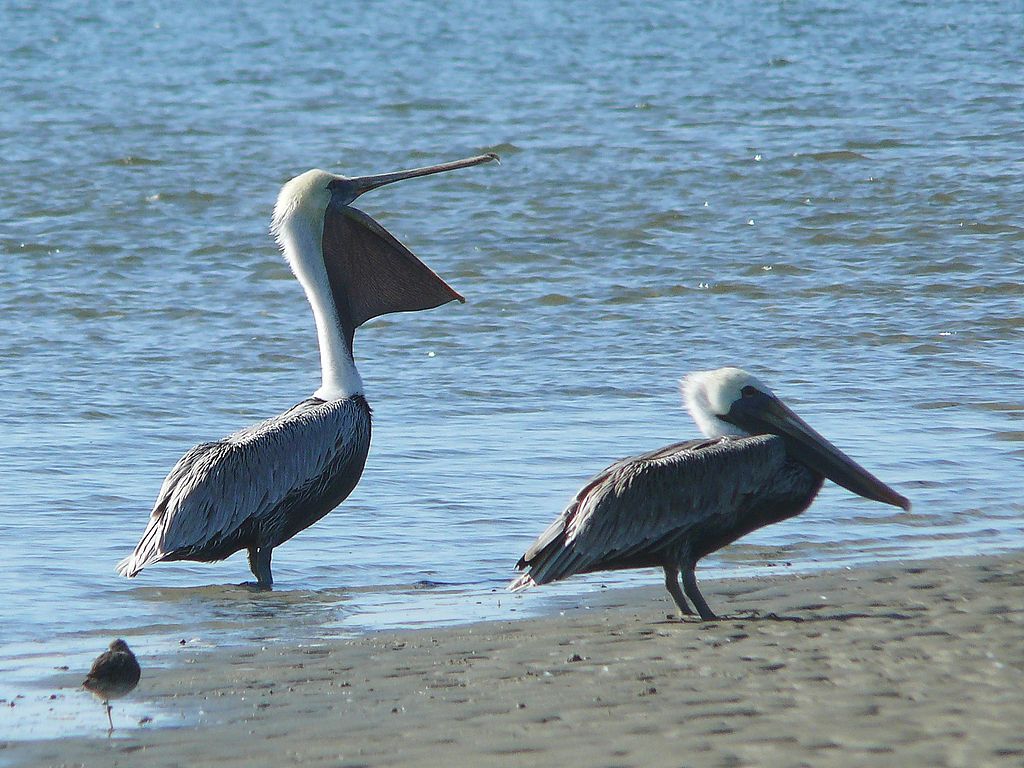
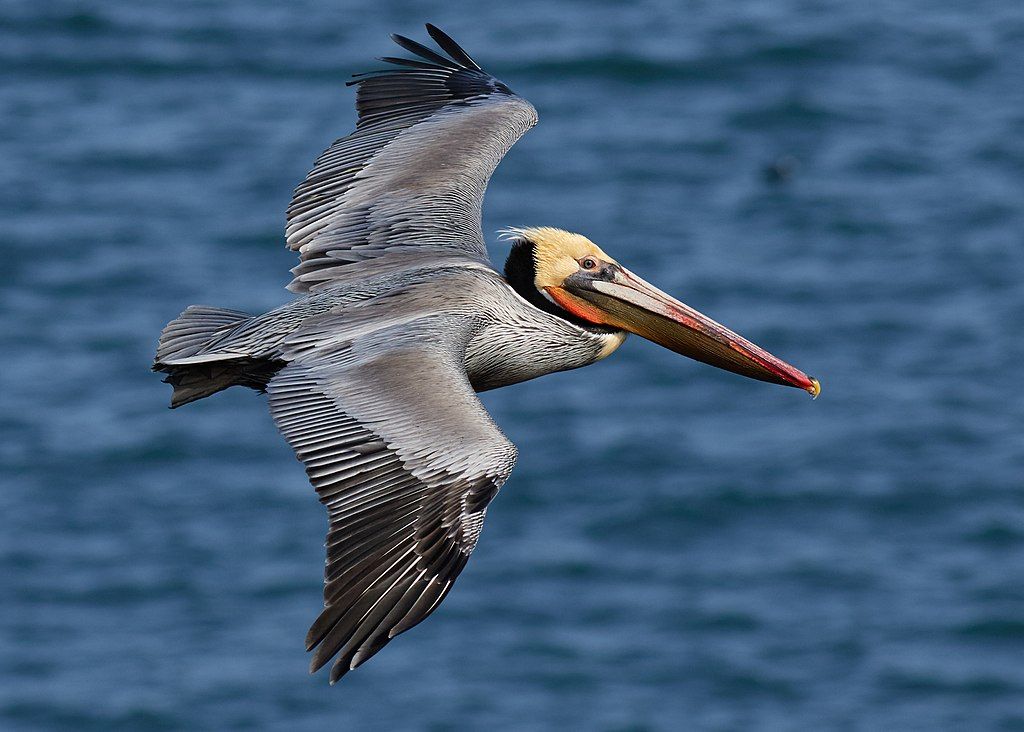
When you see a loon on a northern lake this summer, think of his unexpected relatives.
(photos by Kim Steininger, Jim McCollum and from Wikimedia Commons. Phylogentic supertree from MDPI, July 2019)
There was a pair at Twin Lakes Park in Hempfield the last time I was there in early June.